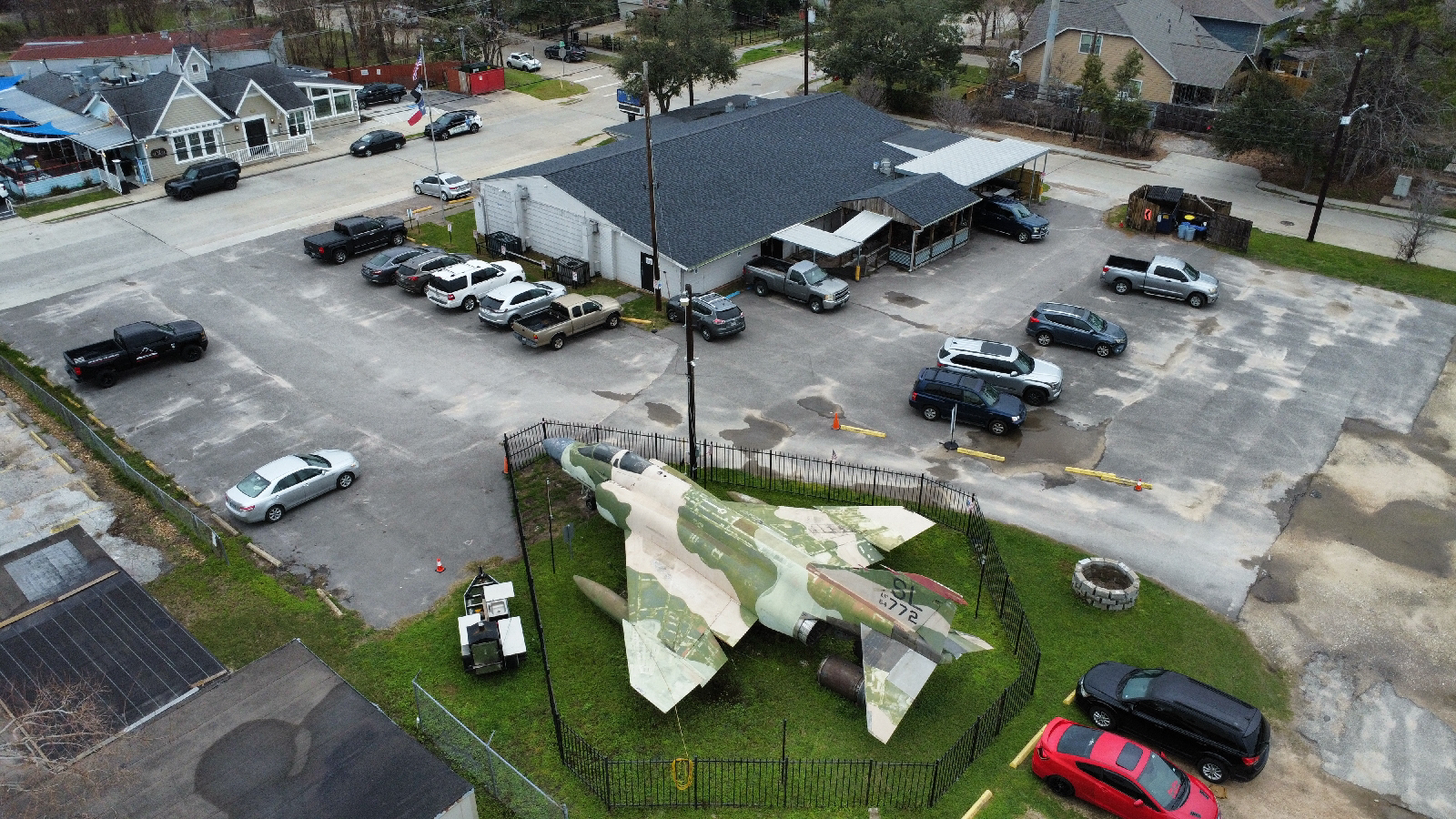Should I be worried about my roof during hail storms?

Introduction:
Hail storms can be a source of concern for homeown
ers, and rightfully so. Not only do they pose risks to property and vehicles, but they can also cause significant damage to roofs. In this blog post, we'll explore whether you should be worried about your roof during hail storms and provide insights into understanding the potential impact of hail damage.
Understanding Hail Damage: Hail forms when strong updrafts in thunderstorms carry water droplets high into the atmosphere, where they freeze into ice pellets. These pellets grow larger as they collide with other droplets until they eventually fall to the ground as hailstones. The size, density, and velocity of hailstones can vary widely, affecting the severity of damage they cause upon impact.
Impact on Different Roofing Materials: Different roofing materials react differently to hail impact. Asphalt shingles, the most common roofing material, can suffer dents, cracks, and granule loss when struck by hail. Metal roofs may dent or puncture, while tile roofs can crack or break. Wood shingles are susceptible to splitting or splintering upon impact.
Signs of Hail Damage: After a hail storm, it's essential to inspect your roof for signs of damage. Look for dented or cracked shingles, granule loss, and punctures. Check gutters and downspouts for an accumulation of shingle granules, as this can indicate damage. Inside your home, look for water stains on ceilings or walls, which may indicate roof leaks.
Importance of Prompt Inspection: Even if you don't notice immediate signs of damage, it's crucial to conduct a thorough inspection of your roof after a hail storm. Some types of damage, such as hairline cracks or bruising, may not be immediately apparent but can worsen over time, leading to leaks or other issues if left untreated.
Assessing the Severity of Damage: If you suspect hail damage to your roof, it's essential to assess the severity of the damage and determine whether repairs or replacement are necessary. Factors to consider include the extent of damage, the age and condition of your roof, and your insurance coverage.
Working with Roofing Professionals: When it comes to hail damage, it's best to enlist the help of roofing professionals. Experienced contractors can accurately assess the extent of damage and provide recommendations for repairs or replacement. They can also work with your insurance company to ensure that you receive fair compensation for any necessary repairs.
Insurance Considerations: Most homeowners insurance policies cover hail damage to roofs, but it's essential to review your policy and understand your coverage. Be prepared to document the damage thoroughly and file a claim promptly if necessary. Keep in mind that you may be responsible for paying a deductible before your insurance coverage kicks in.
Conclusion: While hail storms can be a cause for concern, being proactive about protecting your roof and addressing any damage promptly can help minimize the risk of further issues down the line. If you're worried about the impact of hail storms on your roof, don't hesitate to contact a roofing professional for assistance.
Call to Action: If you're concerned about hail damage to your roof, contact North American Roofing Company today for a comprehensive inspection and expert advice. Our team of professionals is here to help you safeguard your home against hail damage and ensure your peace of mind.
North American Roofing Company
www.roofingnorthamerica.com
19923 Stuebner Airline Rd. #B Spring, Tx. 77379



.webp)



Comments
Post a Comment